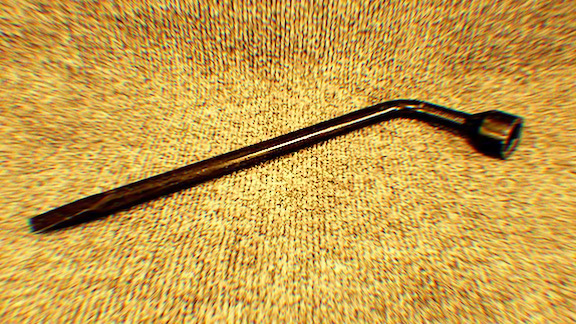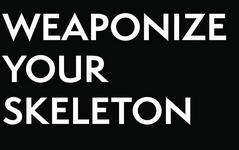Filthy Lies
Every now and again something gets stuck in my craw, jammed in there so tight that the only things that are going to get it out are a tire iron and a liberal dose of bile. Here’s some of both for three things that got stuck in there recently—lies I hear people tell themselves, and each other, about training for violence:
⁂ Intellectual understanding of the material is key.
The criminal sociopath knows only one thing about violence—that the person doing it wins. And even that statement is too wordy. That’s not to say the average criminal is stupid, it’s just that they tend not to introspect on the topic much beyond a gut/operational level of what’s required. When asked to articulate what works in violence they’ll tend to speak to injuries, e.g., “Knee ‘em in the groin/stab ‘em in the neck/shoot ‘em in the head” sorts of answers.
Intellectual discourse on the subject is an exercise for instruction, not for doing.
Your best bet for getting good at violence is to practice doing it—not sitting around talking about it. You should really only be sitting down and talking about it because you’re wiped out from practicing so damn much.
⁂ The technique will take care of everything.
No, it won’t. Either you’re going to take care of it, or nothing’s going to happen. “Doing a move” is like throwing a hood ornament at someone—when what you really want to do is hit them with a truck that just happens to have a hood ornament bolted on the front end.
Knowing how to set up a specific joint break is not the same thing as breaking a joint. Likewise, knowing the precise “hand wave” to “claw the eyes” is not the same as causing a serious eye injury. A subtle distinction? It has to do with how far into/through the other person you’re thinking. A typical technique stops at the outer boundary of your skin—it’s a subjective, personal exercise that has very little to do with the other person or even realistic results. You know what it’s supposed to do, but because technique focuses primarily on hand waving and foot placement there’s really no way to be sure of the outcome.
Breaking out beyond technique means looking through an anatomical feature inside them and converting it into an unrecognizable mess. It’s starting with the result you need—injury—and working backwards from there to figure out how to get that result. Or, to put it another way, technique is like obsessively polishing an empty gun. What you want to do instead is study gunshot wounds and figure out how best to make those.
⁂ I can’t be expected to do it because I’m not ready.
You’re half right. You won’t be able to do it until you give yourself permission to. The only gatekeeper holding you back here is you. So why not take the time, like, right now, and decide that you CAN for a change?
Everyone reading these words has the potential ability to blind someone, make them vomit their own gonads, bust their leg and stomp on their neck to end them. The only thing missing is your full force and effort, the physical symptom of a little something we call intent, and that’s just you giving yourself permission to do what your inner predator wants to do anyway.
“I’m not ready” is kung-fu theater bullshit. It’s a responsibility dodge. What you’re really saying is, “I don’t want to be responsible for screwing up. I want to be able to blame the training.” You gotta wake up and own it. You gotta take responsibility for what you know and what that makes you. To do otherwise is to let yourself down—it’s participating in your own murder.
To be honest, nobody’s ready; nobody wants to go there. But the last thing you want when you do end up there is to be dragging a big, heavy sack of self-doubt along for the ride.
Can you kill someone with your bare hands? Yes, you can. Everything outside that mechanical fact is illusory.
— Chris Ranck-Buhr (from 2007)



Leave a Reply
Want to join the discussion?Feel free to contribute!